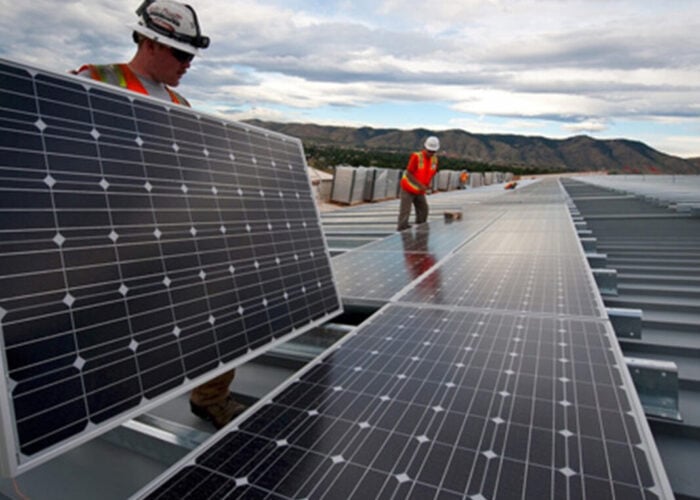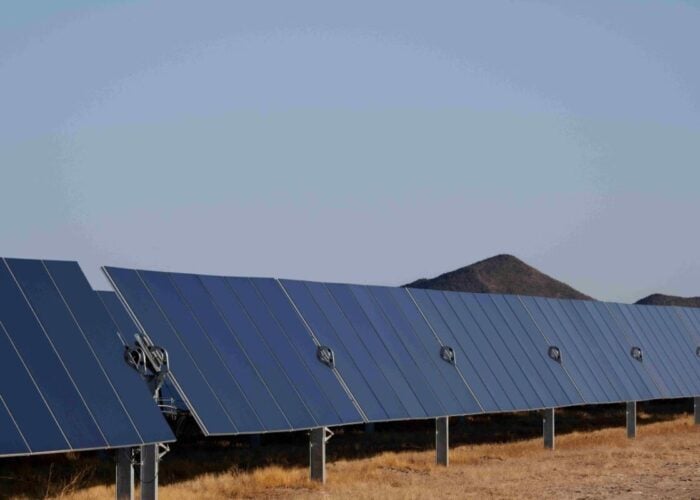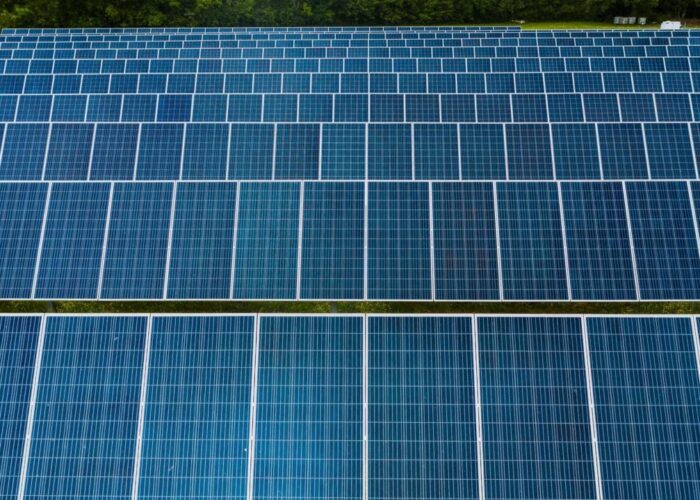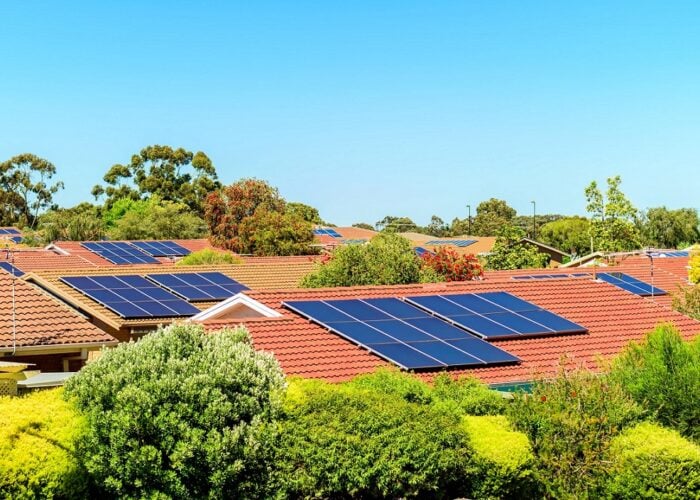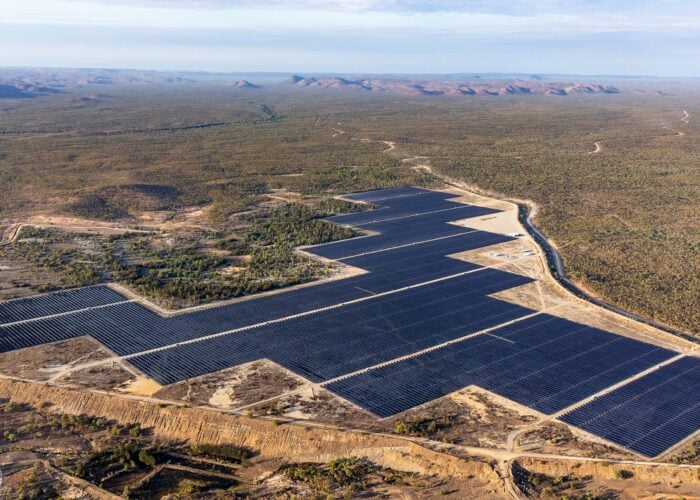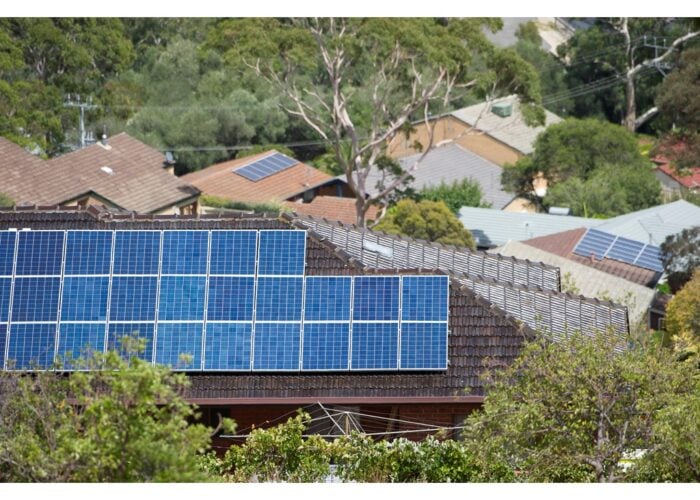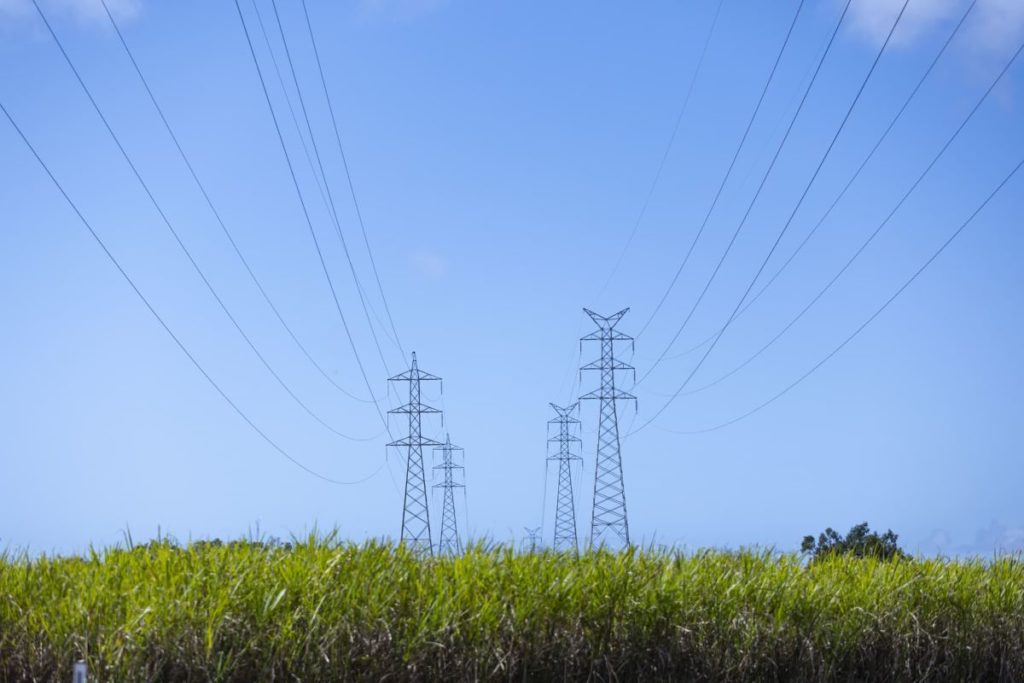
Queensland has set multiple renewable energy targets, including bringing 22GW of new solar and wind projects by 2035.
The Queensland government said it will legislate renewable energy targets: 50% by 2030, 70% by 2032, and 80% by 2035. A total of more than AU$62 billion (US$40.85 billion) of investment will be injected, at least 95% in regional Queensland.
Try Premium for just $1
- Full premium access for the first month at only $1
- Converts to an annual rate after 30 days unless cancelled
- Cancel anytime during the trial period
Premium Benefits
- Expert industry analysis and interviews
- Digital access to PV Tech Power journal
- Exclusive event discounts
Or get the full Premium subscription right away
Or continue reading this article for free
Also, the draft Energy Renewable Transformation and Jobs Bill 2023 stated that it will bring a total of 22GW of new wind and solar projects by 2035, supported by grid-scale batteries and pumped hydro storage.
“We are building the Queensland SuperGrid which will provide the backbone to our new energy system to transport renewable energy across the state. The legislation will also provide security for our energy workforce as the energy transition occurs,” said Annastacia Palaszczuk, premier of Queensland.
Other measures in the bill included transforming publicly owned coal-fired power stations into clean energy hubs by 2035.
The Queensland government added that the state will maintain its majority share of generation, currently averaging 54%. Moreover, the private sector will have a “strong role” in delivering renewables, other storage assets, and innovative energy technologies.
Steven Miles, deputy premier of Queensland, said: “We’re also building our local manufacturing capacity because we will need thousands of batteries, wind turbines, solar panels and kilometres of transmission lines – and we want that equipment built here in Queensland, so Queenslanders get the benefits.”
Australia has been working on its renewable energy transition as the Federal Budget 2023-2024, announced last month, included AU$4 billion new investment in the energy transition, and confirmation of tenders for renewables and energy storage.
The budget was announced on 9 May by the Commonwealth government, emphasising energy costs, supply reliability and environmental impacts in both the budget itself and the government’s communications around it.
The top headline figures are the AU$4 billion commitment, which includes AU$1.3 billion for household energy upgrades, of which AU$1 billion will help provide low‑cost loans for double‑glazing, solar modules and other improvements to make homes easier and cheaper to keep cool in summer and warm in winter.

